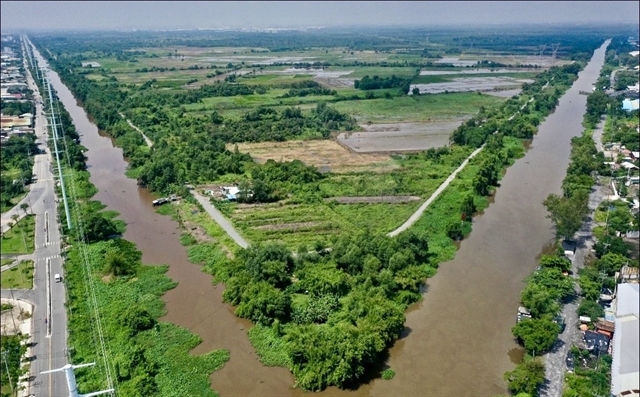 Society
Society

A new dioxin decontamination method said to be cheaper and more environmentally friendly will be piloted at the Bien Hoa Airport in the southern province of Dong Nai.
 |
| Representatives from the High Command of Chemistry’s Centre for Environment Treatment Technology and Japan’s Shimizu Corporation agree on co-operation to pilot dioxin treatment technology at Biên Hòa Airport. – VNA/VNS Photo Dương Giang |
HÀ NỘI — A new dioxin decontamination method said to be cheaper and more environmentally friendly will be piloted at the Bien Hoa Airport in the southern province of Dong Nai.
An agreement to try out the new method was signed yesterday by the Centre for Environment Treatment Technology under the Ministry of National Defence and Japan’s Shimizu Corporation.
Dioxin is one of the toxic chemicals contained in Agent Orange, a defoliant that was sprayed over large swathes of Vietnam by the U.S. military during the American War.
The chemical causes cancer, damages genes and inflicts deformities on several generations of people exposed to it. It also contaminates soil, lakes and rivers, putting many lives at risk of multiple ailments.
Thus far, the main method to try and decontaminate dioxin hotpots has involved incineration, a costly process that also damages the environment.
The new method, which combines a new proces with the old, will sort and rinse the the soil, and sponge off the dioxin that rises in this process, a representative of Shimizu Corporation said yesterday. This will reduce waste and achieve greater economic efficiency, he added.
The pilot project will start this November at Biên Hòa Airport, which has a high level of dioxin-contaminated soil. The airport has long been known as a major dioxin hotspot because it was a storage depot for Agent Orange. About 500,000 cubic metres of contaminated soil is expected to be treated under this project. — VNS




